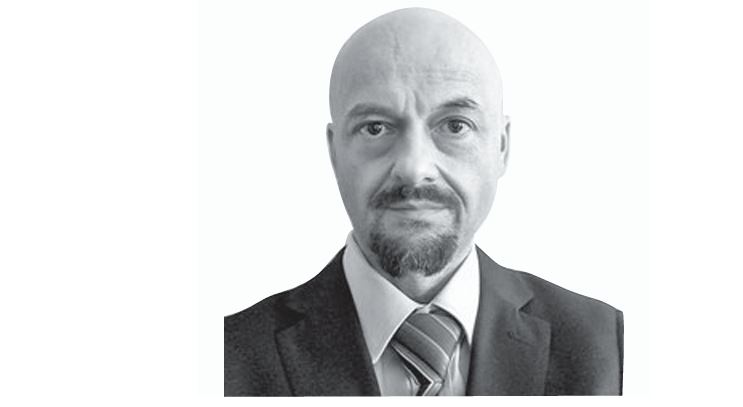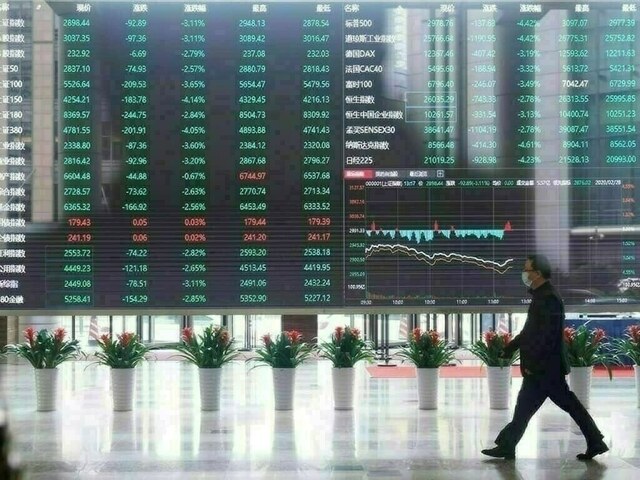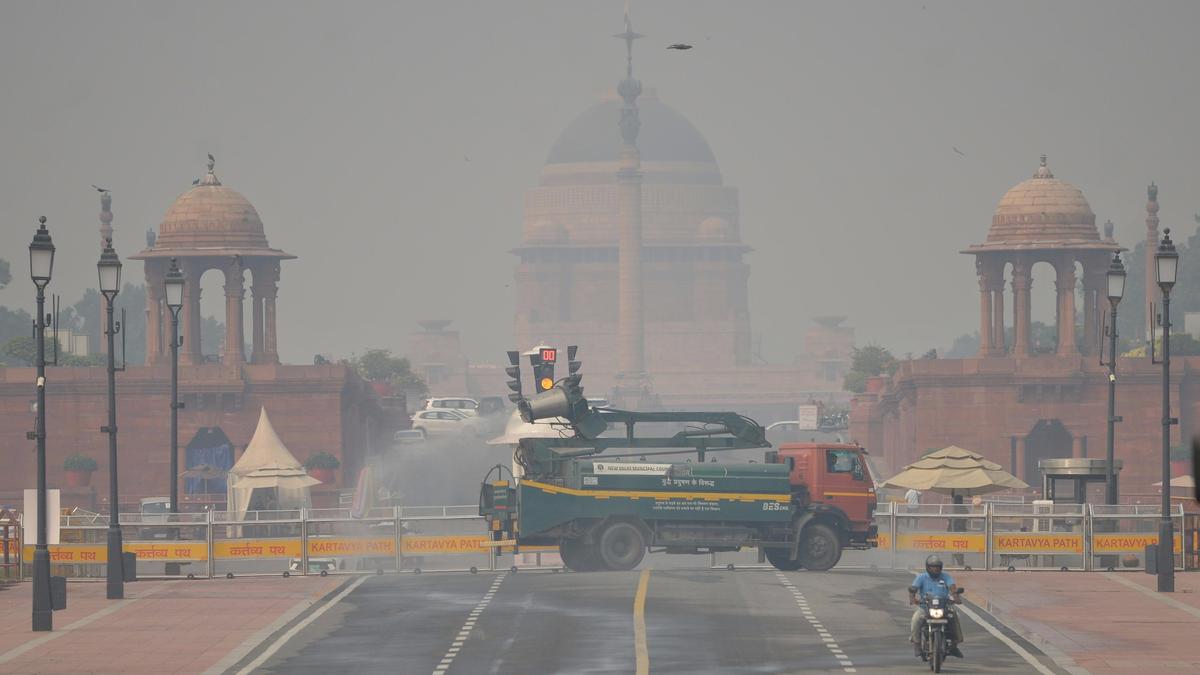Copyright orissapost

The first days of October 2025 marked a new tone in Europe’s security debate. Copenhagen, usually a calm Nordic capital, transformed into a fortress as European Union leaders gathered for an informal European Council summit under the Danish presidency. The airspace above the city was secured by allied aircraft, while a German frigate docked in its port, a symbolic reminder that Europe’s security is no longer abstract. The meeting unfolded amid fresh Russian provocations: airspace violations over Po land and Estonia, and drone incursions in Denmark. For Prime Minister Mette Frederiksen, who chaired the summit, these incidents confirmed that Europe is already fighting a hybrid war. The summit participants expressed their support for Ukraine, emphasising its crucial role in Europe’s collective defence against Russian aggression. The atmosphere was marked by tension and concern. As Antonio Costa, President of the European Council, later put it: We are committed to face common threats, on all fronts, whether conventional, hybrid or cyber, with a common purpose. Formally, leaders framed the conversation around defence readiness by 2030, a practical translation of the “Europe of Defence” idea. In official briefings, the European Council underlined capability gaps and the need to accelerate common efforts in air and missile defence, cyber resilience and counter-UAS (counter-drone) tools, complementing Alliance efforts. Two flagship strands cry tallised. First, the European Drone Wall: an effort to in terlink national detection, jamming and interception layers into a coherent continental defence against unmanned threats. Second, the Eastern Flank Watch: a coordination framework focused on surveillance, early warning and the integration of ground, air, maritime and border ment capabilities along the EU’s exposed frontier. Both concepts were referenced by the European Council President in The strategic context is unmistakable. In the days surrounding the summit, NATO underlined that Allied airspace was increasingly targeted by drones and aircraft, calling the European drone-wall concept timely and necessary within the Alliance’s broader effort to protect its skies. Institutionally, Copenhagen reaffirmed a well-worn balance: the Union can steer joint programmes, pool demand and finance industrial scaling; Member States retain primacy over defence policy and force structure, while NATO remains the cornerstone of collective defence. That logic, visible in the Council’s agenda-setting letters before and after the meeting, keeps the EU’s role focused on defensive preparedness, interoperability and procurement acceleration rather than command-and-control. The operational ambition, however, is concrete. EU officials link the drone and flank initiatives to a layered approach: sensors and data fusion; electronic warfare and point defence; and cross-border procedures to act fast. In the High Representative’s description, Eastern Flank Watch spans counter-drone, ground, air, maritime and border components, underscoring that Europe’s next-generation protection will be as much a system-of-systems as a hardware list. Copenhagen also served as a stock-take of support to Ukraine, where the EU has combined budgetary, humanitarian, military and reconstruction instruments. On the coercive side, leaders signalled continuity on restrictive measures targeting Russia and enablers of sanctions circumvention. While the Copenhagen meeting was informal and not a legislative venue, the institutional trail shows that sanctions policy has become a standing strand of the EU’s security response. For India, the Copenhagen discussions offer a clear takeaway: contemporary deterrence is networked. Europe’s planned drone-defence layers promise not only hardware, but interoperability, predictability and faster decision-making. In dia’s own experience suggests that scalable, standards-driven architectures are where strategy meets affordability. In the end, Copenhagen did not hinge on a communiqué or a single headline number. Its significance lies in normalising a conversation: that Europe’s security has become a technology project, its borders now protected by data as well as by troops; and that unity is measured less in words than in the speed with which systems are specified, funded and fielded. The official record, Council direction, Commission and EE AS programme design, NATO’s operational posture, already sketches that new normal. If Europe can keep that loop tight, the much-invoked “Europe of Defence” will be less a slogan and more a working interface between institutions, industries and armed forces. That, as India knows from its own neighbourhood, is where strategy becomes credible. The writer is an expert, Centre for International Relations, Poland, INFA



